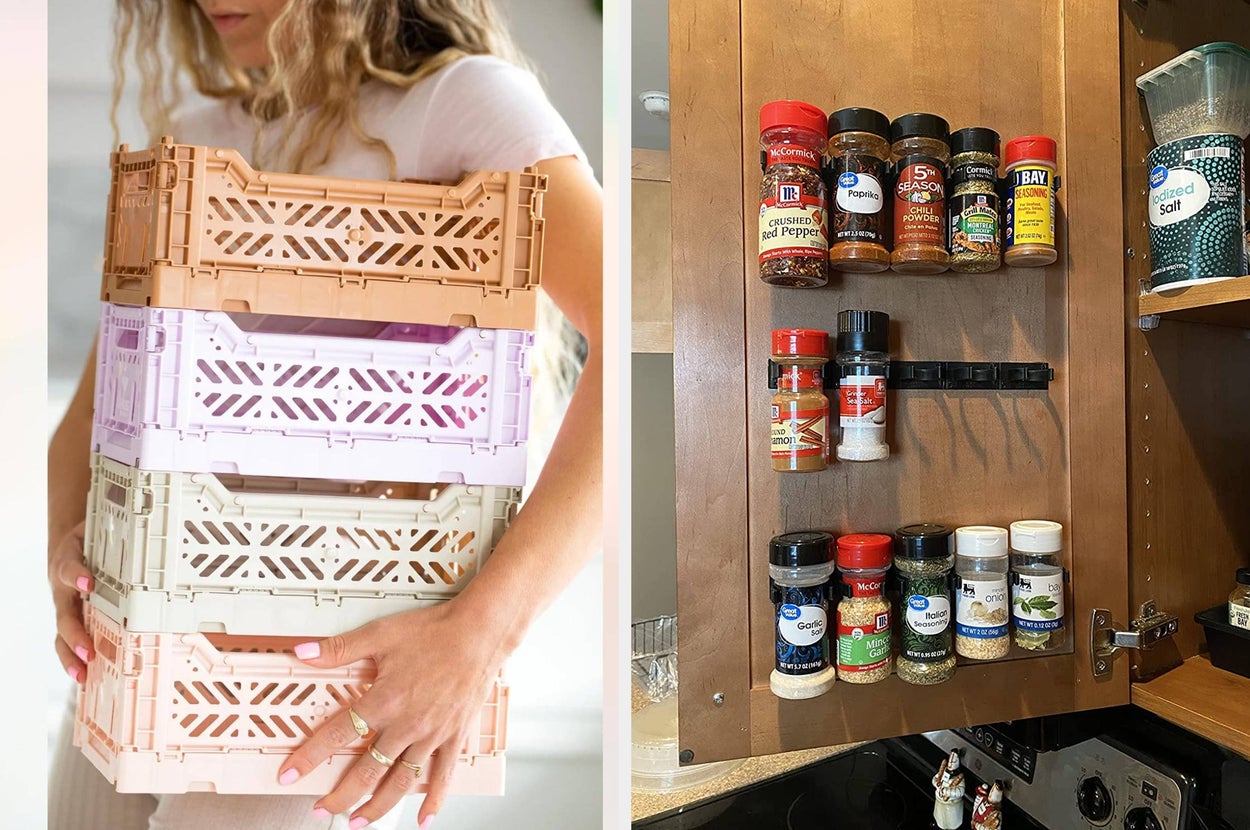Chocolats Passion co-owners Sarah Burns, left, and Catherine Wiersema stand before a display case at the shop 10 days before Easter, one of the biggest chocolate holidays of the year. Easter eggs pack the shelves in the tall case behind them. Derek Davis/Portland Press Herald Hey peeps, it’s tumultuous times in the chocolate business — and, admittedly, a lot of other businesses, too.
This week, while your minds are on adorable marzipan chicks, milk chocolate bunnies and butterfly bonbons, local chocolatiers have been coping with sweeping global matters that are largely beyond their control. In the last two years, the price of cocoa has gone up faster than an 8-year-old bolts down his Halloween stash. The reasons? Recent failed cocoa crops in West Africa, where most of the world’s cocoa beans come from, due to climate change and lack of money to reinvest in the farms.

Also to blame? The financial speculators who took advantage of those failures, nearly tripling cocoa prices. Like rice and soybeans, cocoa is sold on the global commodities market. Then, just this month , tariffs from President Trump — an ever-moving target in the course of reporting this story — ratcheted up the jitters.
Except for miniscule commercial crops in Hawaii and Puerto Rico, cocoa beans don’t grow in the United States. So, if the goal of tariffs on, say, Cote d’Ivoire (originally 21%), which produces some 45% of the world’s cocoa beans, was to bring back the industry, Mother Nature is not on board. Two weeks before Easter, we spoke with four local chocolatiers — Dean Bingham, co-owner of Portland-based Dean’s Sweets; Kate Shaffer, co-owner of Westbrook-based Ragged Coast Chocolates; Catherine Wiersema, founder and co-owner of Portland-based Chocolats Passion; and Andy Wilbur of Freeport-based Wilbur’s of Maine — to ask how they are planning, strategizing, pricing, panicking and generally holding up.
All in all, better than you might think. Kate Shaffer of Ragged Coast Chocolates in 2024. Derek Davis/Portland Press Herald After noting that the price of the chocolate she buys (mostly from Latin America) went up 30% last fall and she expects it to increase another 20-40%, this spring, then segueing into tariffs, Shaffer was philosophical.
“I have a business to run, and my head is really in the day-to-day. If I get stuck in (world crises), then I lose. I lose sight of my goal, which is to make an excellent product with excellent ingredients, to have great coworkers and really great customer service — all that stuff.
If I take my eye off that, then he wins,” she said, laughing, in reference to President Trump. “So I really try to come at it in a really positive way. We pivot, and we innovate,” Shaffer continued.
“Not having this business is not an option for us. We’re all in.” Ten days before Easter, as Wiersema and her team made chocolate hearts and assembled chocolate eggs in their luscious-smelling West End shop, she said simply, “We have to be very cautious and just see what happens.
And in the meantime, sell a lot of eggs and bunnies.” Chocolats Passion co-owner Sarah Burns helps a customer earlier in April. Derek Davis/Portland Press Herald ACTION PLAN No one who has been listening to the news, or runs a small business herself, will be surprised to hear some of the ways these chocolatiers are responding to the general uncertainty.
Wilbur has paused plans to buy a panning machine, used to coat chocolates, a purchase that had been in the works for two years. So-called reciprocal tariffs were (briefly) in effect when we spoke, which meant the price tag of the machine from the United Kingdom that he’d budgeted at $200,000, to help with efficiency and consistency especially for making the company’s popular chocolate-covered blueberries, had abruptly jumped to $250,000. He was considering a delay on filling some vacant positions, too, “a wait-and-see approach on that,” as he put it.
Wiersema, too, had hoped to hire an extra staffer at Chocolats Passions this fall. “But I’m worried about our little team,” she said. In addition to her partner, Sarah Burns, three others work to produce the artisan chocolates.
“I want to make sure we stay intact ...
so I don’t think we’ll hire anyone in the fall. This is a repercussion for everyone.” These businesses are also keeping a careful eye on the swings in the cocoa market and purchasing tons of chocolate — that’s not a figure of speech — at the best price they’re able to get.
Just before some recent price hikes took effect, Shaffer bought 3 tons, which she expects to take delivery of soon. She estimated that supply would get Ragged Coast through at least the next nine months of production. In early January, before a price hike of 45%, Wiersema ordered 1.
5 tons of Guittard chocolate. What’s left of it is stacked, in two rows, seven boxes high, in the store now, where she expects it to last until the end of the year. Bingham said a recent memo from Callebaut warned him to expect price hikes of a whopping 90%.
Wilbur, who buys chocolate directly on the commodities market (unlike the other chocolatiers we spoke with, he doesn’t go through a distributor), said he finds he needs to plan much further in advance and pay much closer attention to the volatile markets than he used to; his parents founded Wilbur’s in 1983. The price of cocoa per metric ton has soared from $2,200-$2,400 to as much as $12,000. “What I was paying $4 for, I’m paying $10 for,” he said, adding that forecasting the market used to be “a relatively easy thing to do.
It has become much more complicated.” Chocolate is not the only ingredient used to make chocolates, of course. The tariffs will likely affect the cost of other ingredients regularly used by chocolatiers, for example, vanilla beans from Madagascar and sugar from Peru.
And while, as of this writing, reciprocal tariffs with 150 other countries are on hold, no such luck with China, which is where Wiersema sources some of her customized packaging, boxes that she says she is unable to get in the U.S. To keep the product fresh, to reflect the environmental values of makers (i.
e., no plastic) and to distinguish a luxury brand, packaging is hugely important in the high-end chocolate world. Wiersema had placed a $5,000 order with her Chinese partner.
The 145% tariff imposed by President Trump nearly triples their cost. Her workaround? She’s getting a partial shipment of the items she needs in the short term and is paying a rental fee for the manufacturer to store the rest until — fingers crossed — the tariffs go away, or at least are reduced. To help cover some of these increases, she also raised the price on her not-yet-launched chocolate bars, from $9 to $10.
“We cannot start at $9 anymore,” she said. “I am hoping things get more reasonable.” PRICE HIKES In this market, price increases at chocolate shops (and, to be fair, pretty much everywhere else) are a fact of life.
“I had a friend reach out last night and say, ‘Are you worried about the price of chocolate?'” Shaffer said on the second morning of Trump’s short-lived reciprocal tariffs. “I’m like, ‘I’m always worried about the price of chocolate.’ That’s the cost of doing business.
The market goes up, we have to raise our prices. It’s cause and effect. It’s very simple.
” “We managed to hold our prices down until after the holidays,” she continued. “And then in January, we raised our prices about 20-25%.” Shaffer has warned her wholesale accounts about probable price increases, and while individual customers have been understanding, some wholesalers pushed back, she said, telling her they would instead source less expensive chocolates elsewhere.
“Most of those people have actually already come back to us because everybody’s prices are going up,” she said. “We’re not the only ones, you know?” Wiersema tries to be “judicious” about raising prices, doing so steadily in smaller increments. For instance, she raised prices on her core chocolate products 7% in January and expects to have to do so again in September.
But she’s held the line on Easter chocolates. An individually wrapped Easter egg with a surprise marzipan chick hidden inside has cost $9 for four years now. A floppy-eared bunny at Dean’s Sweets.
Melissa Mullen Photography Chocolatiers set prices for Easter treats some time ago, and by early April, many of these items — the chubby marshmallow bunnies, the “fluffles” of mini bunnies, the chocolate crosses, the hedgehogs — were ready and waiting on store shelves. The on-again-off-again tariffs had no impact on their pricing. “We won’t change anything,” Bingham said in response to the tariffs.
“We don’t move that fast.” The thing is, Wilbur explained about the ever-escalating price of cocoa, “The confectioner makes no more money. The chocolate company — the Cargills and the Peter’s and the Guittards and the Barry Callebauts of the world — they don’t make any more money.
The farmers make no more money. The only people making more money are the speculators and the commodity traders.” UNCERTAINTY PRINCIPLE What’s really eating away at these businesspeople is the uncertainty of everything.
Before the tariffs were largely paused, chocolatiers worried they’d be charged them despite signed contracts for fixed prices on chocolate. Bingham said, though his supplier had put in his order, she couldn’t tell him when he would get it or what it would cost. The 90-day pause in tariffs hasn’t necessarily been reassuring.
“What’s going to happen in 90 days is my question,” Wiersema said. “It’s really creating this incredible uncertainty. My concern, frankly, is bigger than our little company — because we are well-positioned.
We have really loyal customers. We can hunker down, and we can survive this.” Rather, her worries radiate out — to Portland’s signature restaurants, which operate on very tight profit margins in the best of times, and to the impoverished farmers in Africa who grow the bulk of the world’s cocoa supply.
Wilbur thinks uncertainty about the economy is already affecting his customers. His Valentine’s sales were down for the first time in 30 years. Customers are spending less, he said, and his stores have fewer of them.
Likewise, wholesalers are ordering less. Kristin Bingham, co-owner of Dean’s Sweets in Portland, at the chocolate shop in 2020. Photo by Derek Davis/Portland Press Herald Bingham and his supplier were just discussing the challenges, the uncertainties in pricing and availability, and politics.
“Two chunks of uncertainties that are crossing paths and maybe blowing up each other,” he said. At Ragged Coast Chocolates, though, Shaffer has had a bit of recent luck. In late January, the New York Times’ powerful product recommendation service, Wirecutter, named the company’s chocolates among the 13 best boxed chocolates in America.
“Our business is way up for us this year,” Shaffer said. “That helped, obviously, a lot.” Just a few minutes earlier, she’d emailed to postpone a scheduled interview for that morning.
Forget the dog ate my homework. Hers was the single best excuse you may have ever heard and a reminder that making chocolates is, at base, a business about making people smile: “Can we do 10:15?” she emailed. “I’m afraid I’m going to be right in the middle of marshmallow bunnies at 10.
” Why hotter summers are causing headaches for Maine chocolatiers We believe it’s important to offer commenting on certain stories as a benefit to our readers. At its best, our comments sections can be a productive platform for readers to engage with our journalism, offer thoughts on coverage and issues, and drive conversation in a respectful, solutions-based way. It’s a form of open discourse that can be useful to our community, public officials, journalists and others.
Read more...
We do not enable comments on everything — exceptions include most crime stories, and coverage involving personal tragedy or sensitive issues that invite personal attacks instead of thoughtful discussion. For those stories that we do enable discussion, our system may hold up comments pending the approval of a moderator for several reasons, including possible violation of our guidelines. As the Maine Trust’s digital team reviews these comments, we ask for patience.
Comments are managed by our staff during regular business hours Monday through Friday and limited hours on Saturday and Sunday. Comments held for moderation outside of those hours may take longer to approve. By joining the conversation, you are agreeing to our commenting policy and terms of use .
More information is found on our FAQs . You can modify your screen name here . Show less Please sign into your Press Herald account to participate in conversations below.
If you do not have an account, you can register or subscribe . Questions? Please see our FAQs . Your commenting screen name has been updated.
Send questions/comments to the editors..
Food

As cocoa prices rise, Maine chocolatiers try to find the sweet spot

Supply problems in West Africa, the commodities market and uncertain tariffs have forced local chocolate makers to find creative solutions to doing business.















